- Cape Verde
- Things to do in Santo Antão
- Cova - Krater
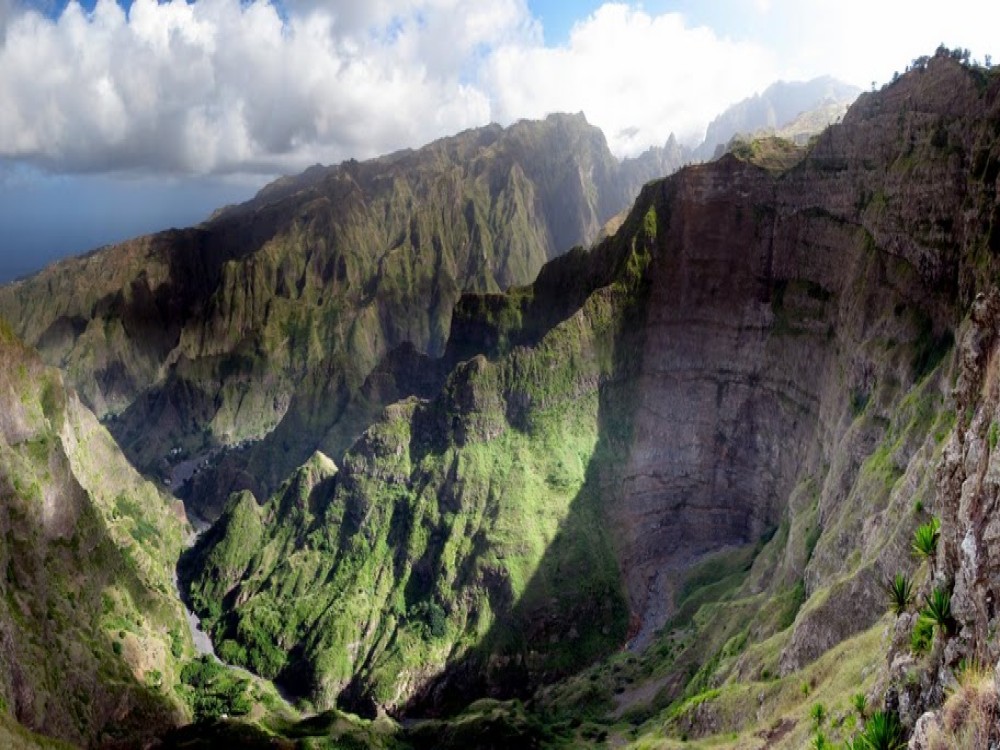
Cova - Krater
Cova Crater, located in the heart of Santo Antão, is one of the island’s most awe-inspiring natural wonders. This massive volcanic crater, surrounded by lush greenery, steep cliffs, and sweeping valleys, creates a unique landscape that feels otherworldly. The rim of the crater offers panoramic views, where visitors can gaze over the valley below, filled with terraced fields and endemic plant species. Whether you’re hiking along its edges or just taking in the sights from the viewpoints, Cova Crater provides a peaceful retreat into nature's beauty and the island's geological history.
Cova - Krater Tours & Excursions
The Basics
Cova is a volcanic caldera, formed by the island's explosive volcanic activity millions of years ago. It sits at an elevation of around 1,000 meters above sea level, surrounded by mountains that rise even higher. The area is home to a rich biodiversity, including endemic plants and unique wildlife. The valley inside the crater is cultivated with crops such as beans, bananas, and sugarcane, making it a vital agricultural area. Visitors can explore the craters’ edges, enjoy the cool climate, and visit the nearby village of Cova, where local farmers work in the fertile land.
Things to Know Before You Go
Before visiting Cova Crater, it’s important to note that the area can be quite remote. While the views are incredible, the terrain can be rugged, so wear sturdy shoes, especially if you plan to hike around the crater. The weather here can be cooler than other parts of the island, so bring a light jacket. Although it is a peaceful spot, the crater does not have many amenities, so pack essentials like water, snacks, and sunscreen. If you're hiking, ensure you have a guide, as some trails can be hard to navigate.
How to Get There
To reach Cova Crater from Porto Novo or other towns on Santo Antão, you’ll need to drive along the island’s winding mountain roads. The most direct route is through the town of Ribeira Grande, which is approximately 30 minutes from the crater by car. From there, follow signs leading to the crater. The roads are narrow and can be steep, so it’s important to drive carefully, especially if you're unfamiliar with the terrain. Alternatively, there are guided tours that can take you directly to Cova Crater, ensuring a safe and informative visit.
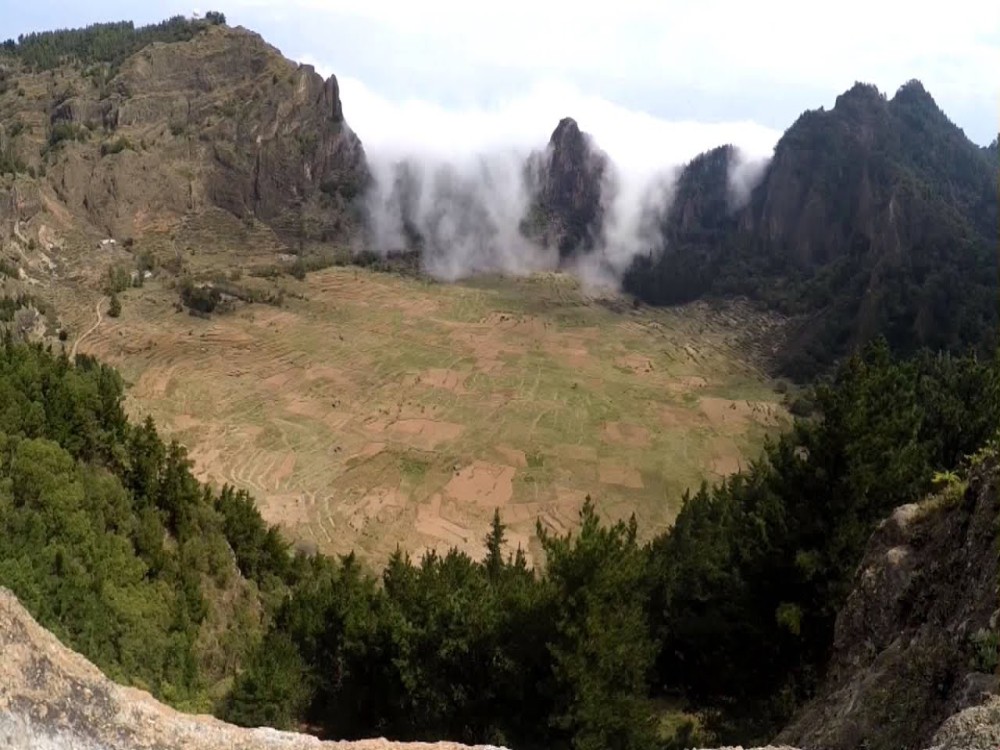
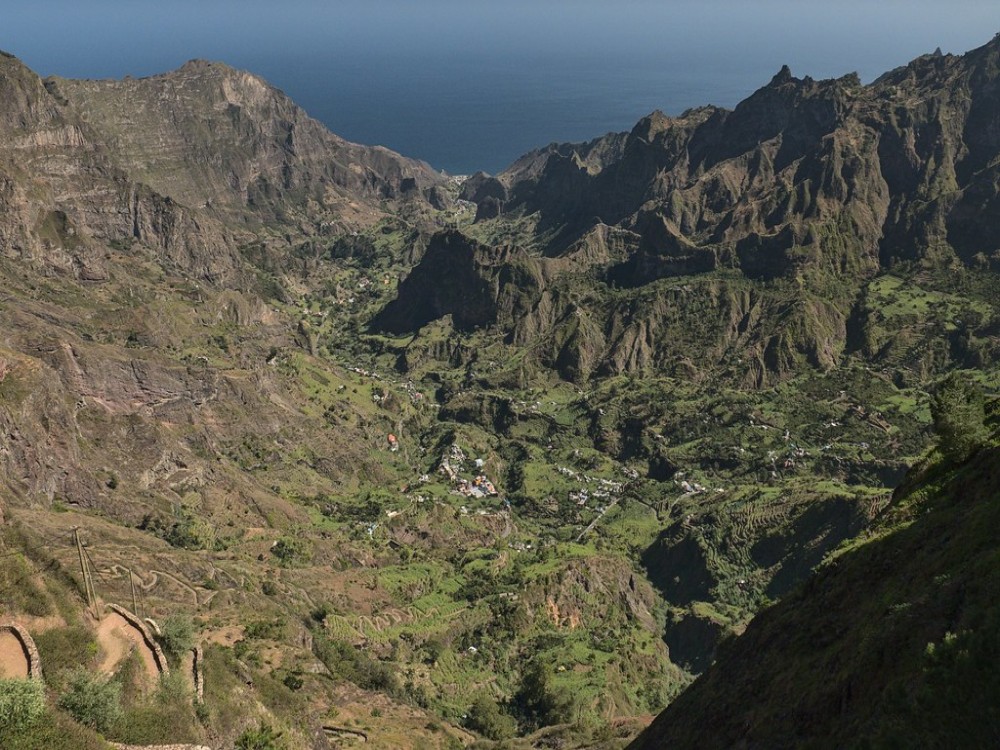

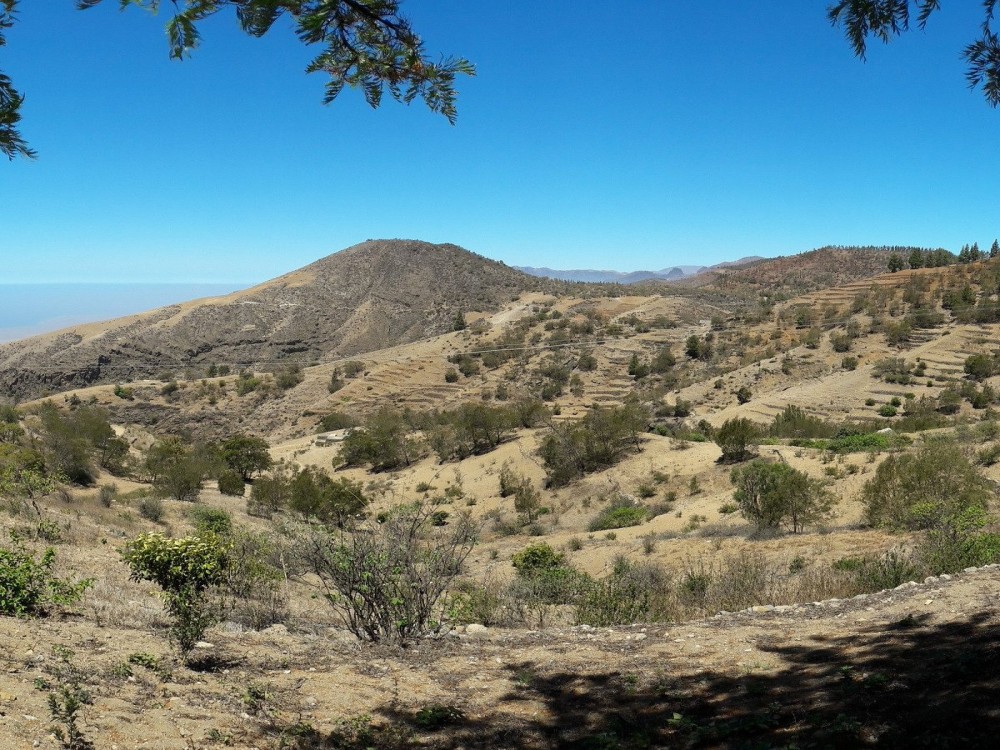
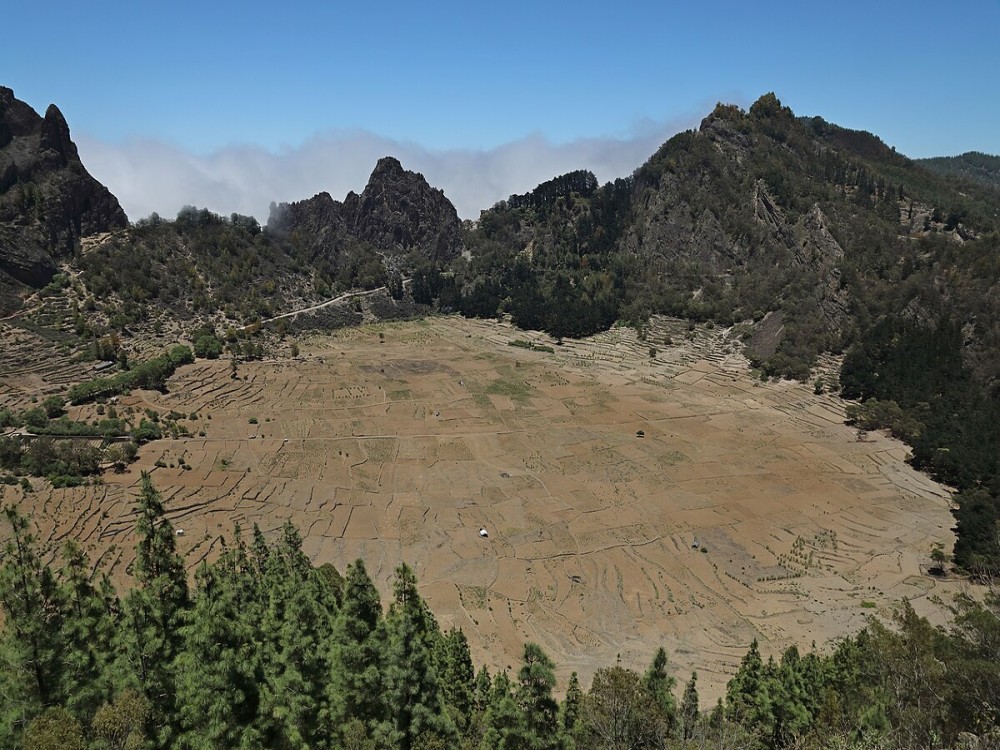
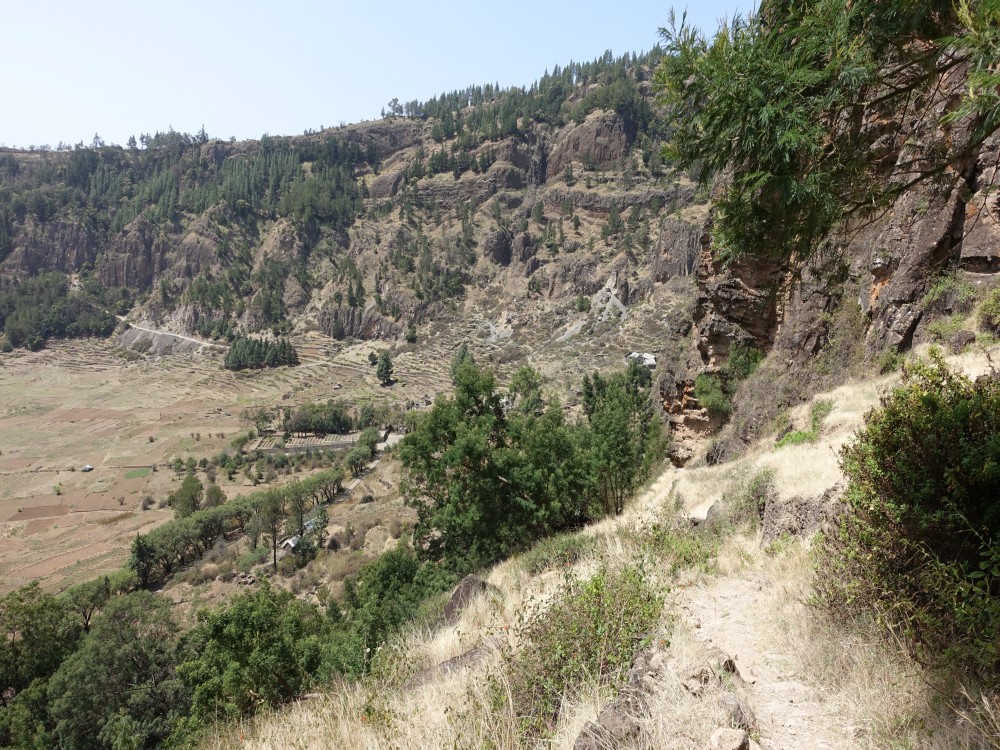
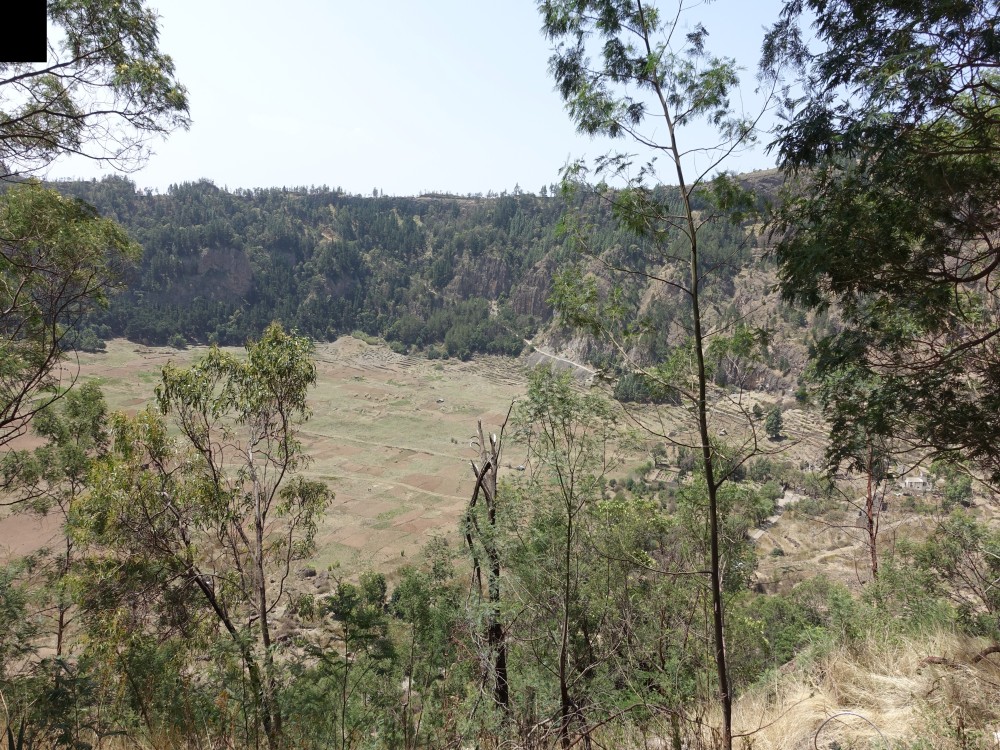
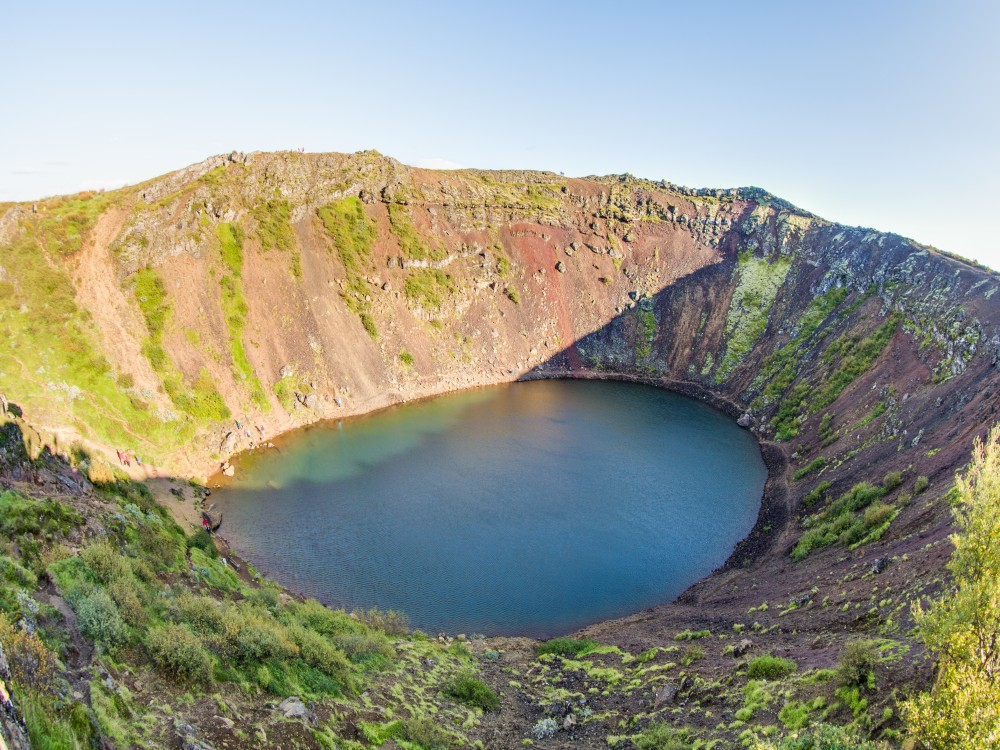
When to Get There
The best time to visit Cova Crater is during the dry season, from November to May. The weather during these months is milder, making it ideal for hiking and exploring the area. During the rainy season (June to October), the region can become slippery and muddy, especially on the trails. However, the lush greenery is at its peak during the rainy months, providing a vibrant backdrop for your visit. If you prefer clearer views and more accessible hiking, plan your trip during the dry season for a more comfortable experience.
Day Trips from Santo Antão
A day trip to Cova Crater is a fantastic way to experience the natural beauty of Santo Antão. Start your day early from Porto Novo or Ribeira Grande, and make your way up to the crater. You can spend time walking around the crater’s edge, enjoying the panoramic views, or embark on one of the many hiking trails that lead into the valley. Many visitors also combine their trip to Cova with a visit to the nearby Paul Valley, creating a day full of adventure and stunning landscapes. The tranquility and beauty of Cova make it a perfect day-trip destination for nature lovers.
Copyright © 2025 All Rights Reserved


